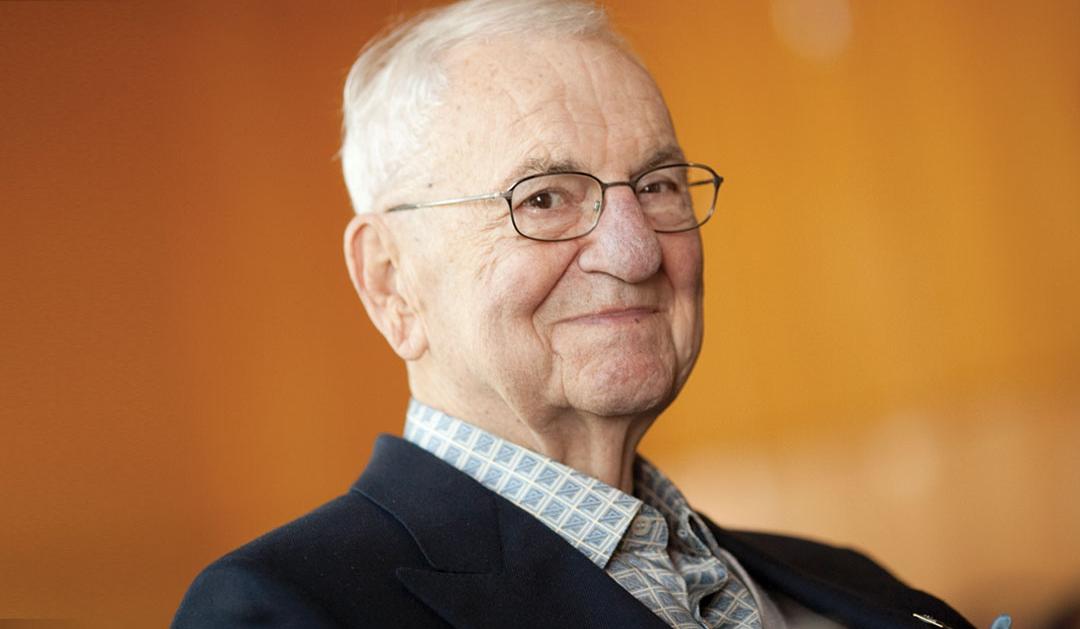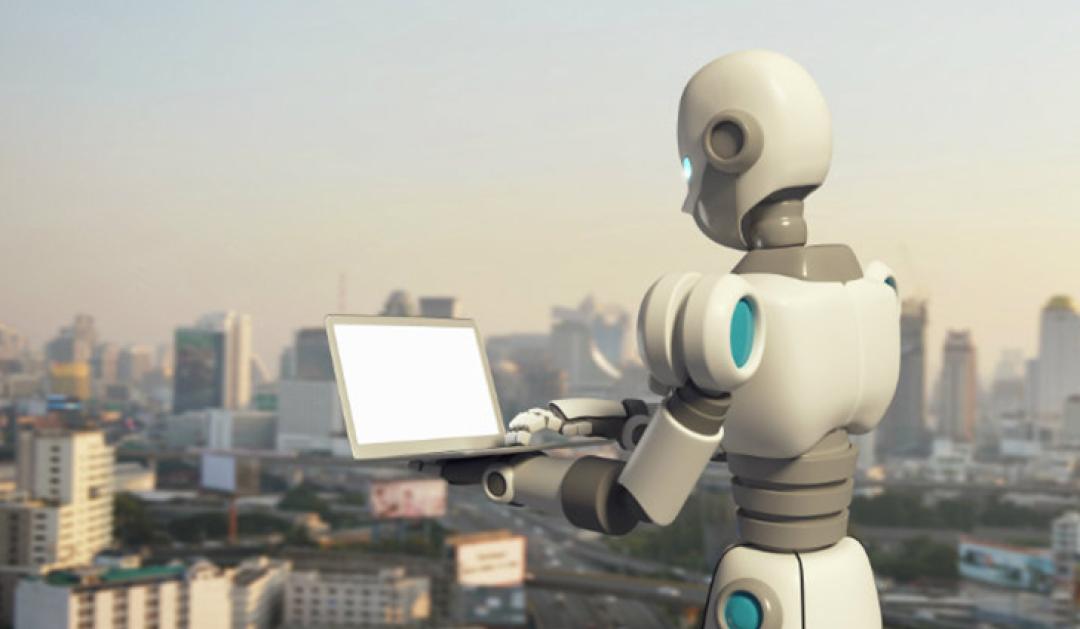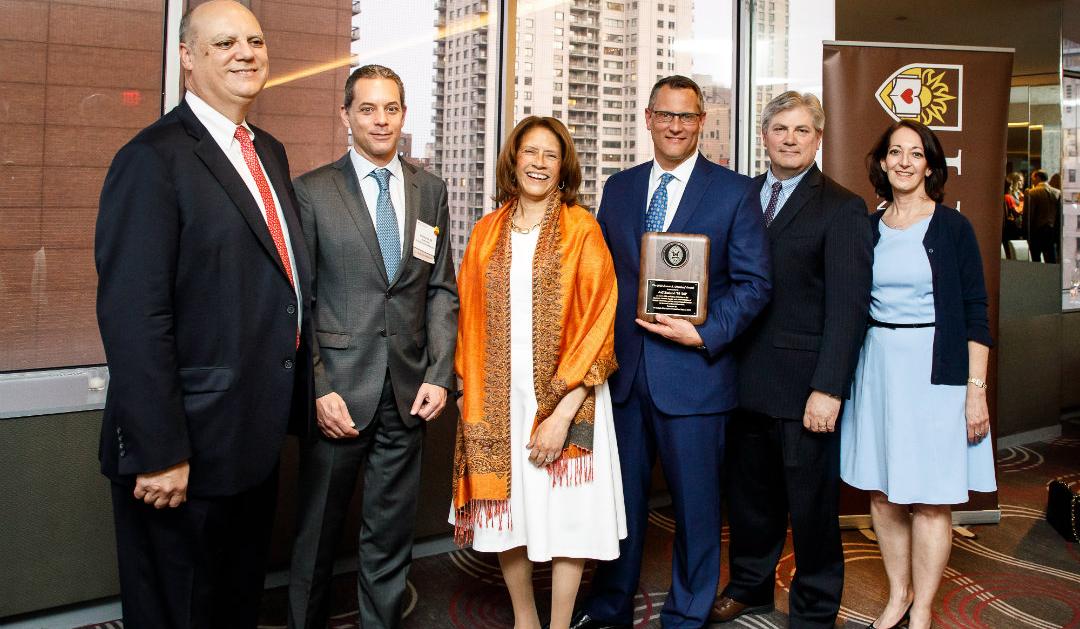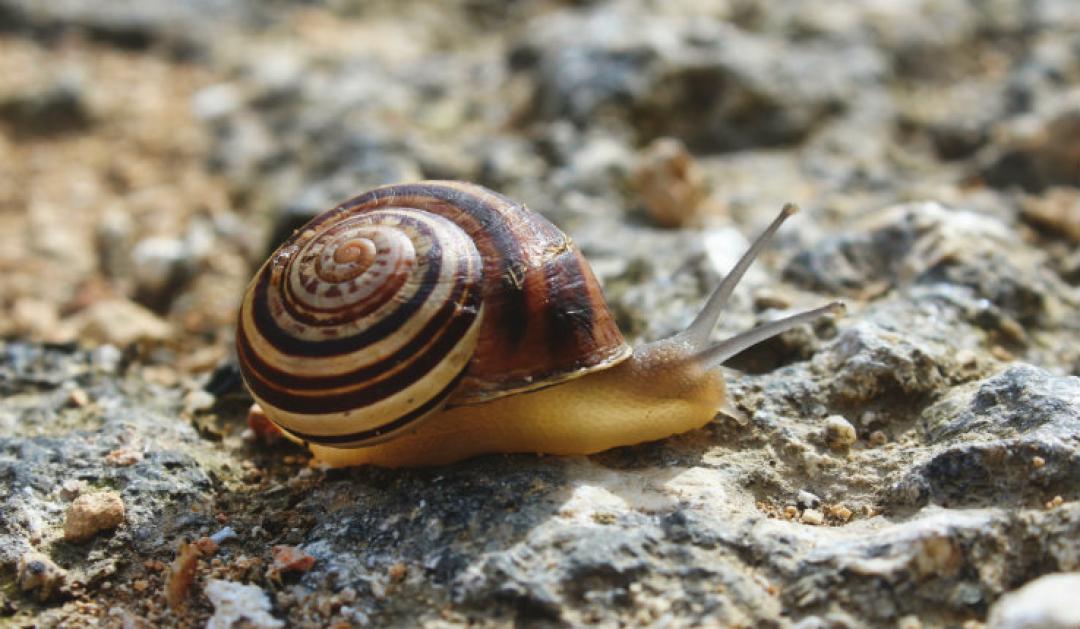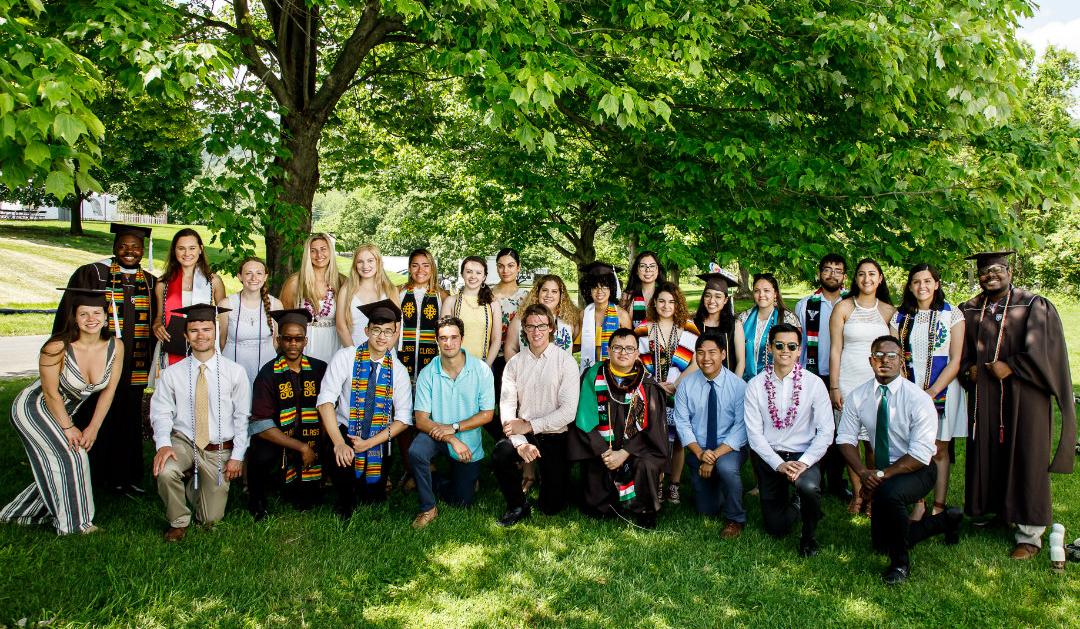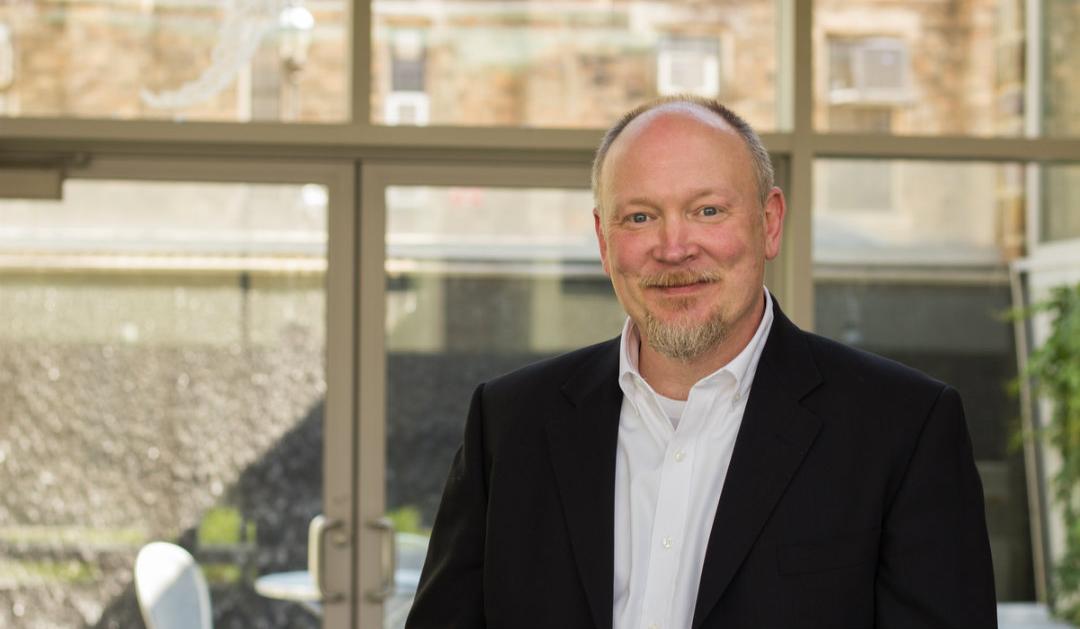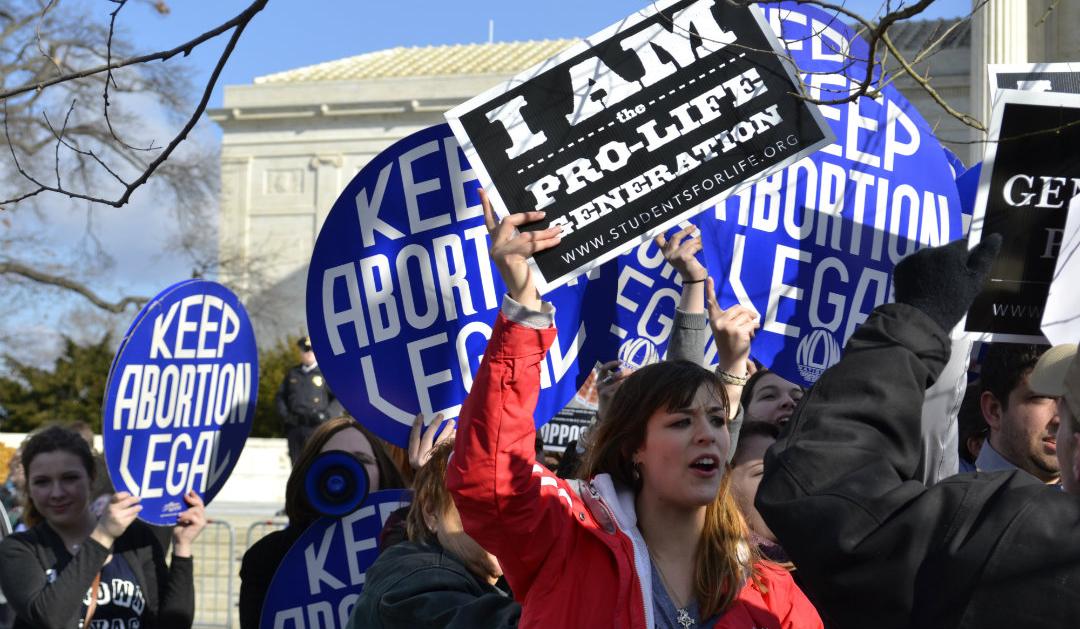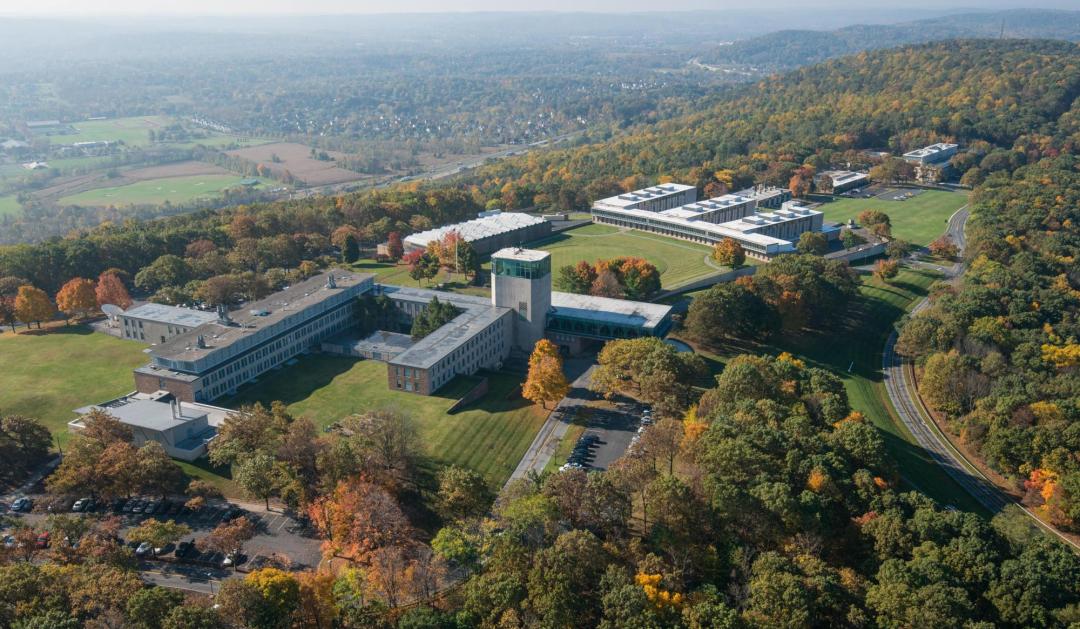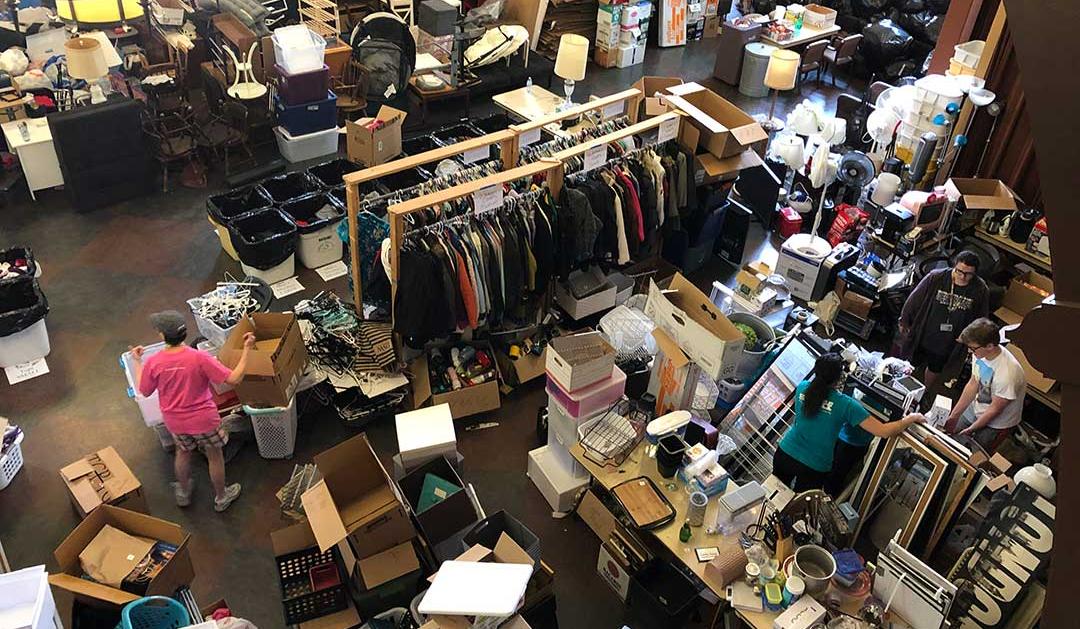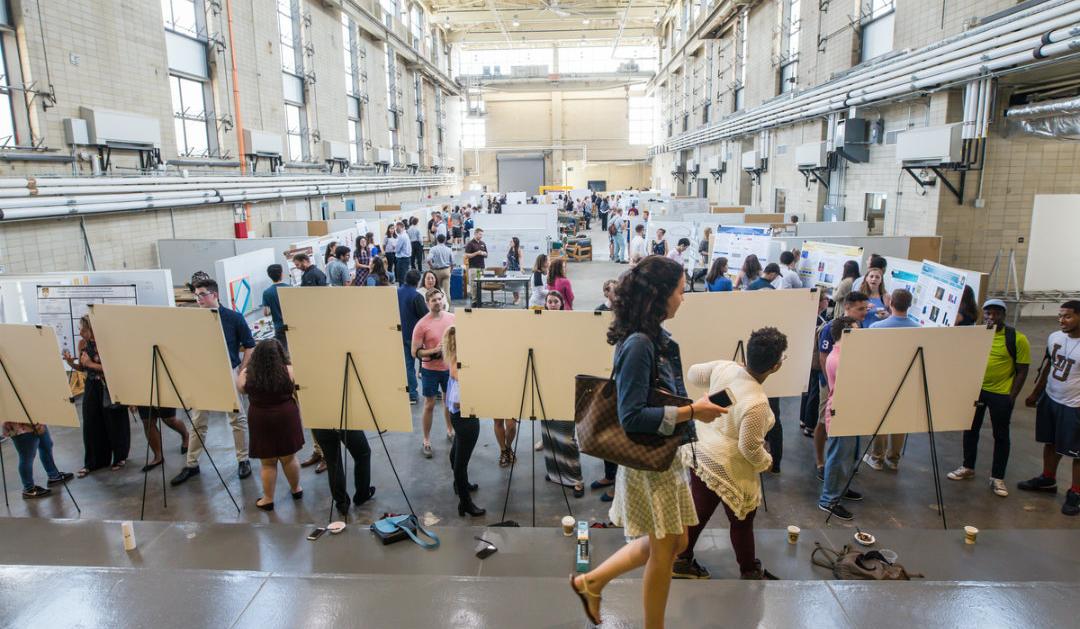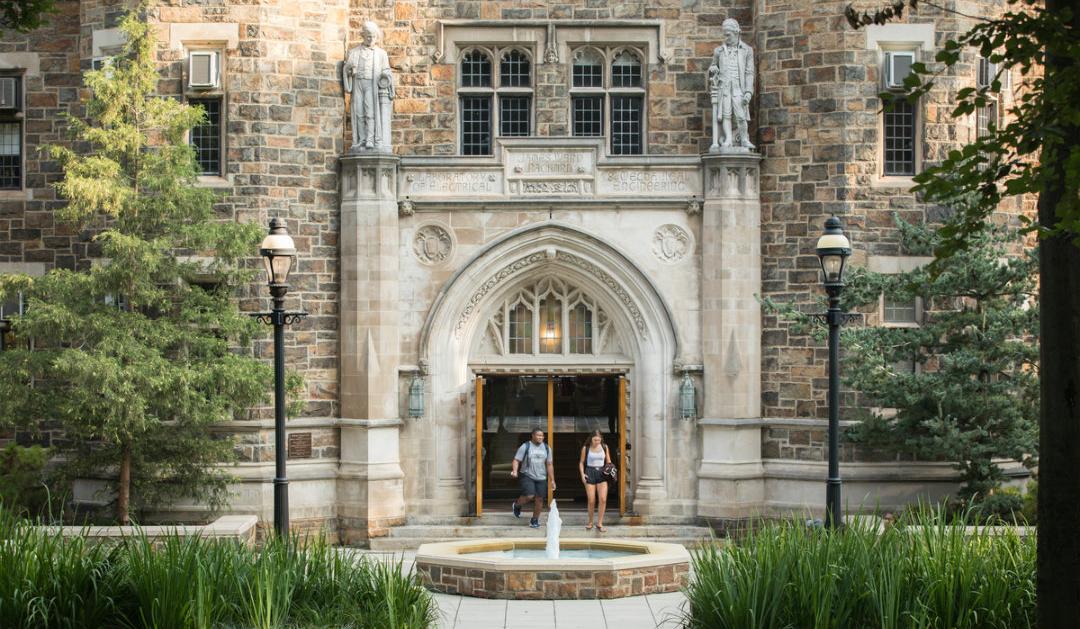- About
- Academics
- Our Approach to Academics
- Undergraduate Studies
- Majors and Undergraduate Programs
- Graduate and Professional Studies
- 4+1 Accelerated Master’s Degree Programs
- Faculty
- Interdisciplinary Opportunities
- Entrepreneurship and Innovation
- Creative Inquiry
- Provost & Academic Affairs
- International Affairs
- University Catalog
- Research
- Admissions
- Student Life
- Athletics
- Giving
- Students, Faculty & Staff
- Parents
- Visitors
- Alumni



